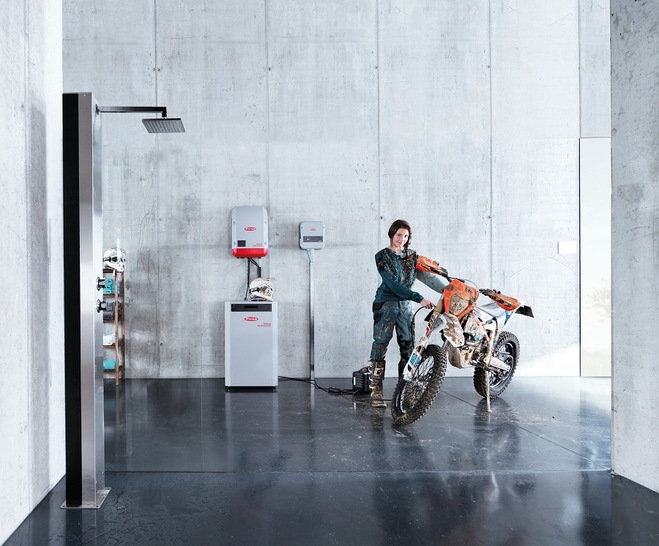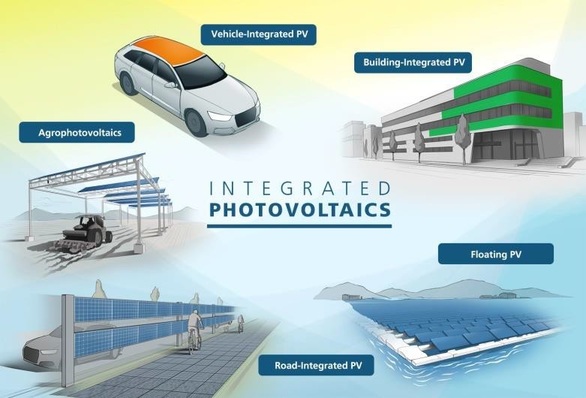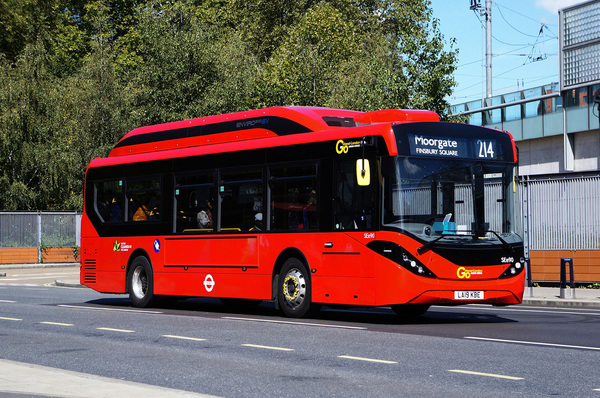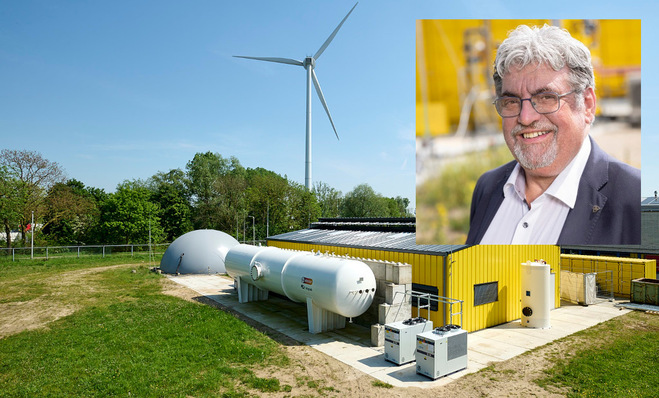From now on, we will for an entire week devote one article per day to a specific topic and how it relates to solar technologies. To start us off, we have decided to delve deeper into current developments in electric mobility:
A personal energy revolution involves exploiting the entire spectrum of energy sector integration. Optimum energy management enables the highest possible rate of self-sufficiency to be achieved with self-generated solar energy. This increases profitability and the rate of self-consumption while simultaneously reducing costs. Alongside electricity and heat, mobility is the third major sector that can be powered with electricity from a user’s own roof using solutions from Fronius.
Fuelling a car with green electricity
“If you own an electric car, you’ll want to power it with solar energy,” explains Martin Hackl, Global Director Solar Energy at Fronius. “But you’re often not at home when the electricity from your domestic PV system is available.” This is where Fronius comes in: the solar energy experts are taking e-mobility to the next level and are making it possible to charge an electric car in the afternoon or evening with the electricity stored throughout the day. “It’s about having an energy solution that guarantees an electric car really is fuelled with green electricity,” adds Hackl. “To achieve this, you need to get the entire package right.”
Intelligent charging with an integrated management function
Owners of electric cars essentially have three ways of charging their vehicles. The easiest, yet most ineffective method, is to simply plug the car into the socket or wallbox when power is required and use the energy available at that moment. This often only enables the user to achieve a slight increase in self-consumption, as a large proportion of the electricity needed is drawn from the public grid. To charge the electric car’s battery intelligently, a Fronius inverter with an integrated energy management function and a compatible wallbox (charging station for the home) is required alongside the PV system on the roof.
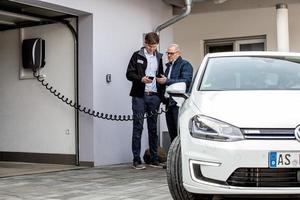
Raise the self-consumption up to almost 100%
The inverter informs the wallbox when there is surplus electricity available, which then charges the electric car. Self-consumption can typically be increased by a further 20% in this way. Dynamic charge control and an additional Fronius battery raise the rate of self-consumption up to almost 100%, depending on the system size and consumption behaviour. With this method, the energy management system sends the surplus electricity that has been produced throughout the day to a Fronius Solar Battery for temporary storage until it is later needed to fuel the car with solar power.
Additionally generate hot water
“This ingenious method enables users to really get the most out of e-mobility,” says Hackl. “If you also upgrade your system with a Fronius Ohmpilot, which draws on surplus electricity to generate hot water, you will have a solution that makes the most economic sense and achieves the highest level of self-sufficiency.” (HCN)
Stay informed, get our free newsletter twice a week. Register here


